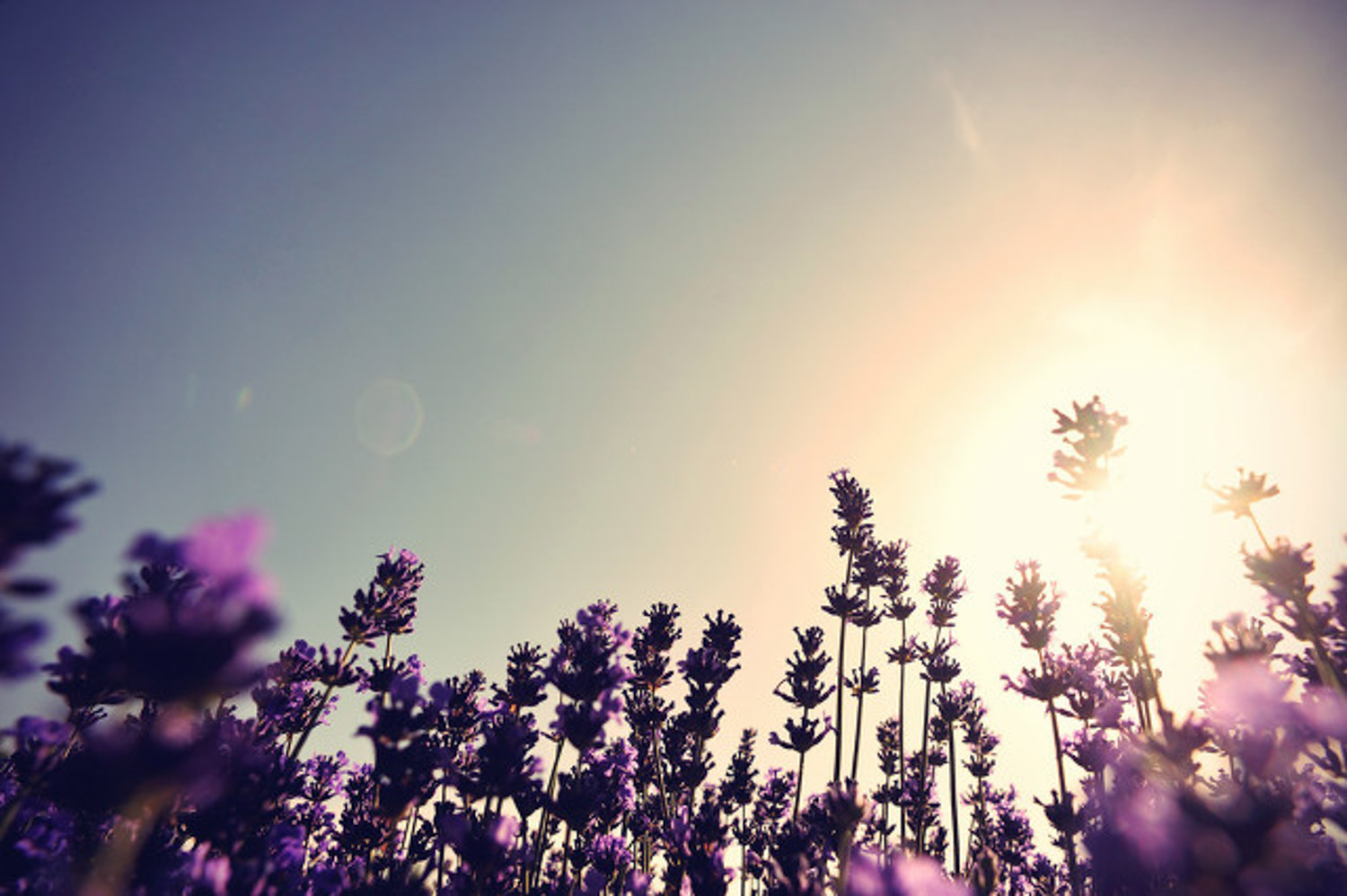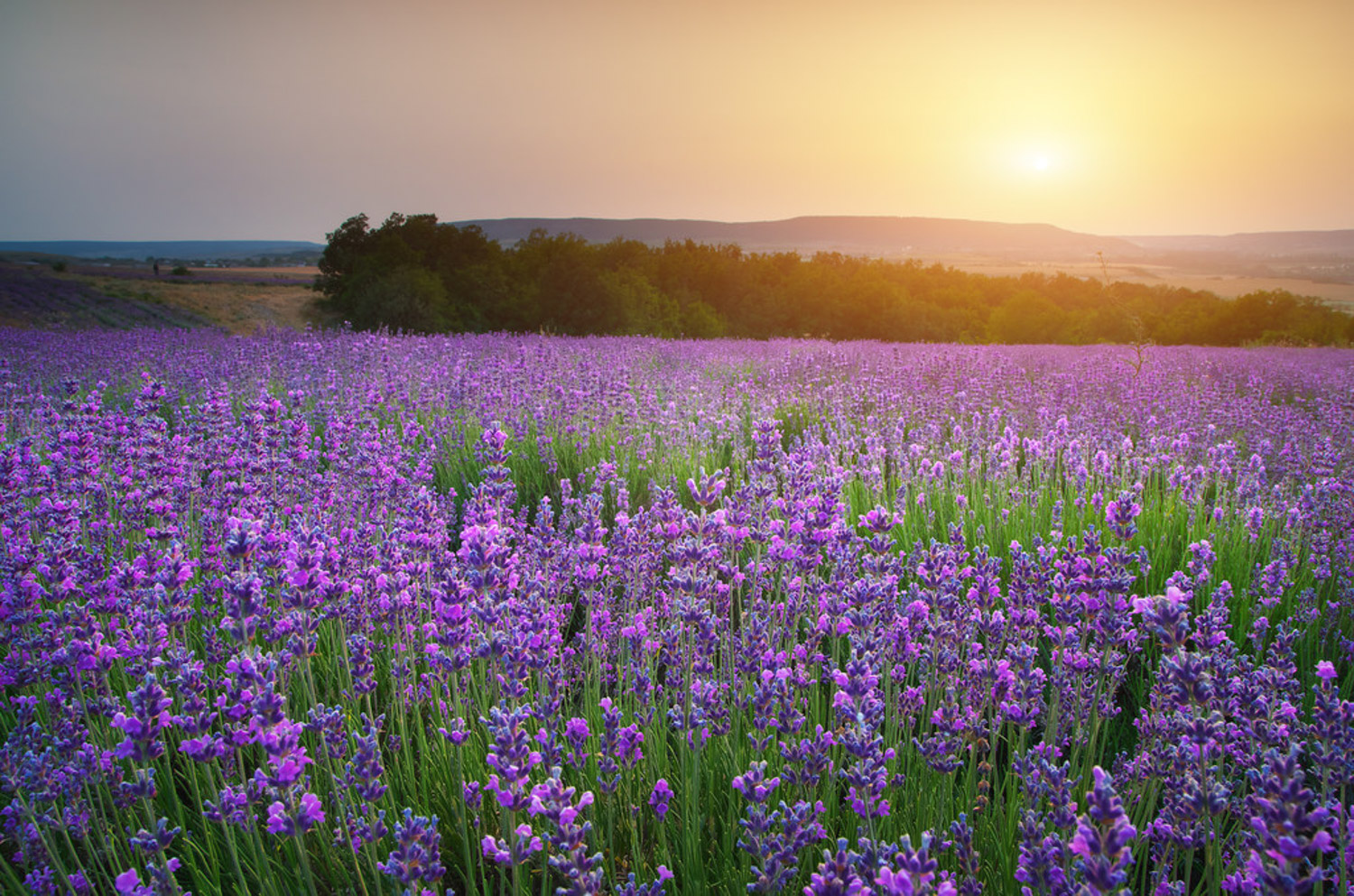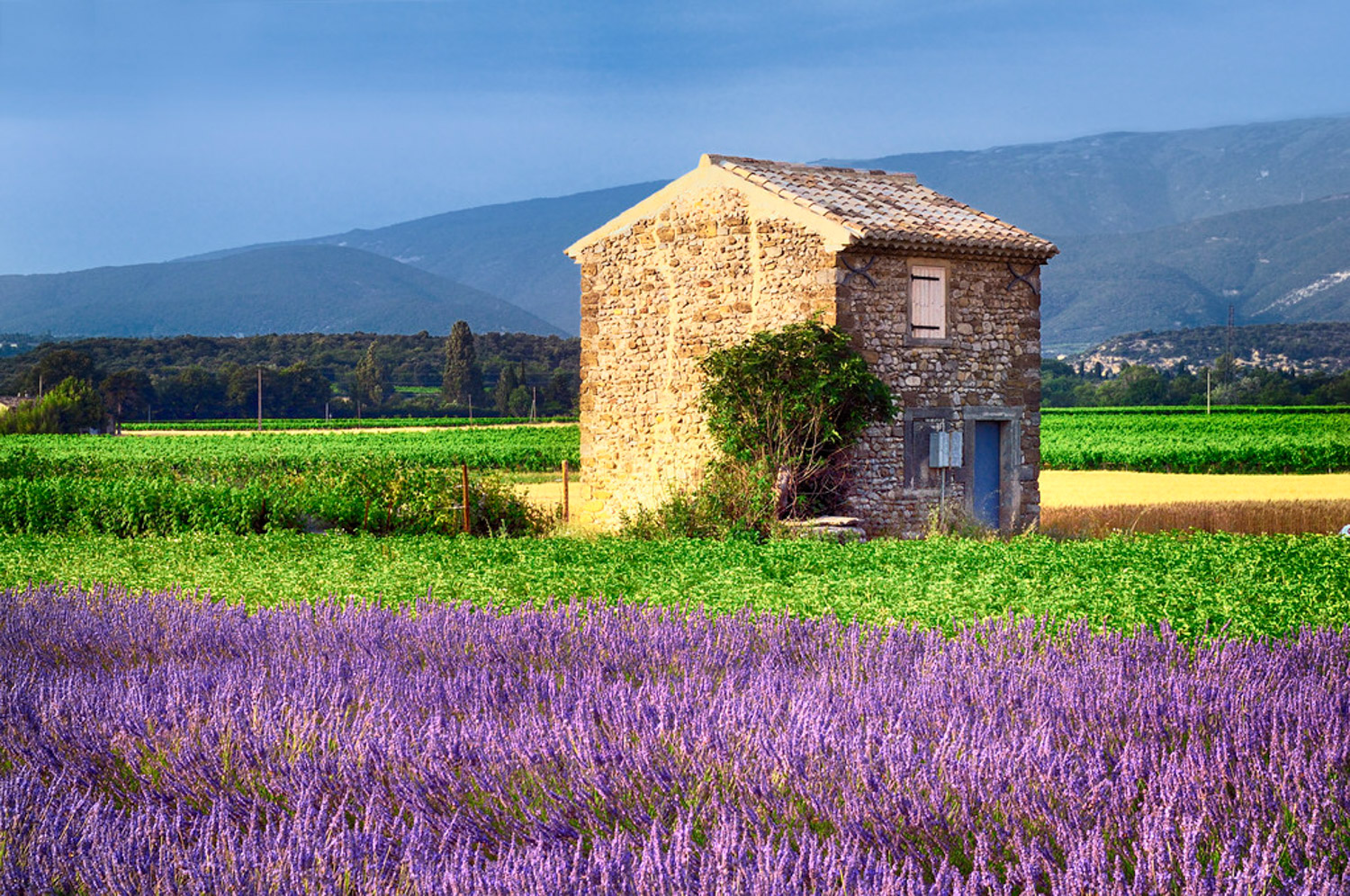1、 Pruning time
Lavender is usually pruned in spring and autumn, but it cannot be re pruned, otherwise it will affect the winter of the plant. It is usually carried out on a sunny day. If it is cloudy and rainy, the trimmed wound is easy to infect and affect its recovery

2、 Pruning method
1. Pinching: pinching is pruning at the seedling stage of lavender. Generally, when it grows to 10 cm high, cut off its top bud, so as to limit the height of the plant and avoid its overgrowth. At the same time, as the plant loses its apical advantage, its lateral branches will also begin to germinate, which will become more lush

2. Pruning: after two years of lavender planting, the plant is basically formed, and then it should be properly pruned every year. First of all, its thin and weak branches should be cut off, so that nutrients can be concentrated on strong branches and improve its flowering ability. In addition, if the plant is infected with insects, the diseased branches and leaves should also be cut in time
3. Flower cutting: because lavender has a unique aroma, if you want to better retain the smell or use it to make essential oil, you need to cut off its flowers during flowering. Generally, you should cut it at the first section below the flower. Don't cut it too short, otherwise it's not easy to save. If you cut it too late, its taste will fade a lot

3、 Precautions
To trim lavender, sharp scissors must be used to ensure that the incision is clean and smooth. After pruning, carbendazim should be sprayed and placed in a ventilated place to dry, so as to avoid wound infection with bacteria, causing plant disease and affecting its growth and development

 how many times do yo...
how many times do yo... how many planted tre...
how many planted tre... how many pine trees ...
how many pine trees ... how many pecan trees...
how many pecan trees... how many plants comp...
how many plants comp... how many plants can ...
how many plants can ... how many plants and ...
how many plants and ... how many pepper plan...
how many pepper plan...

























